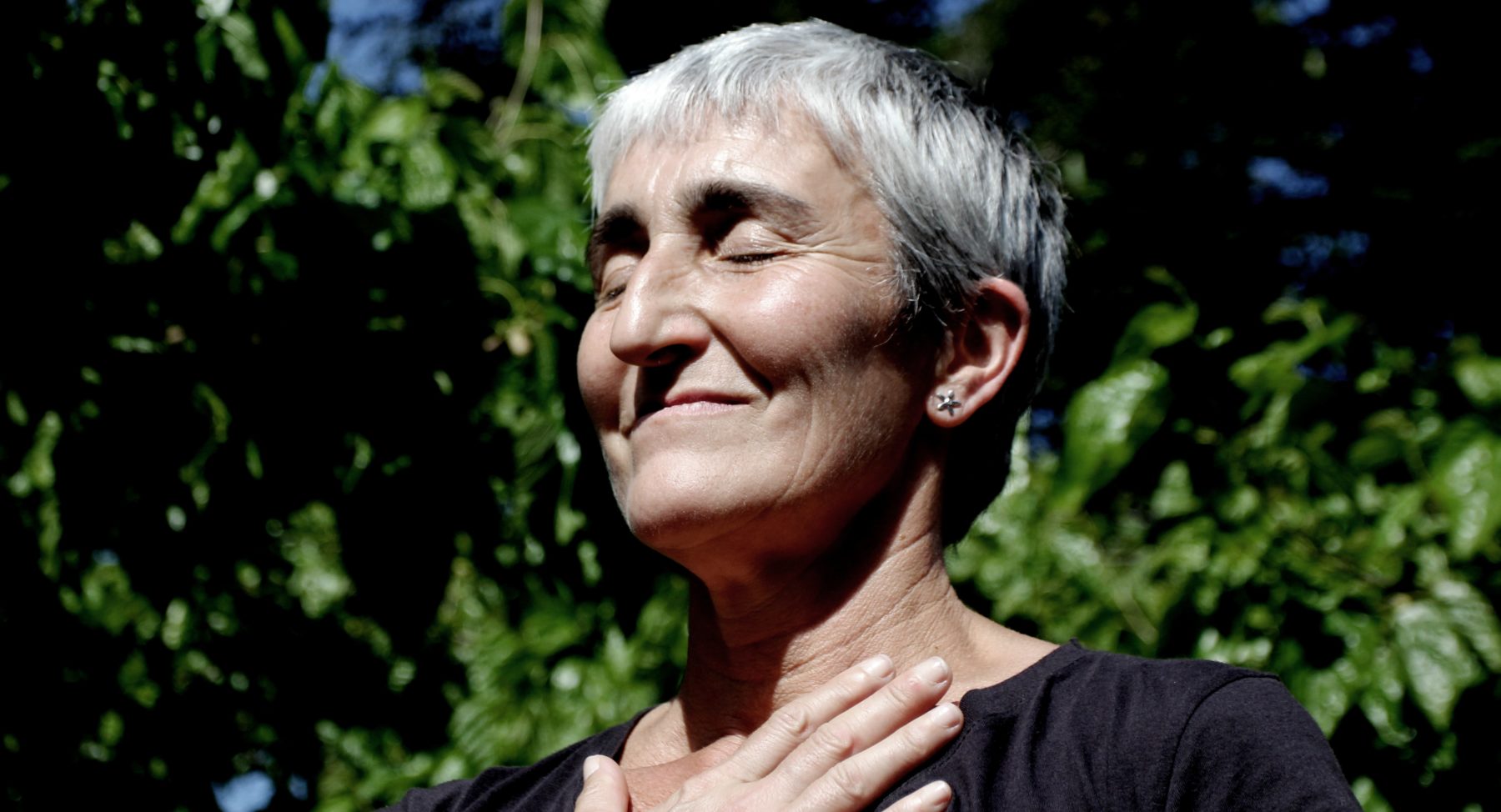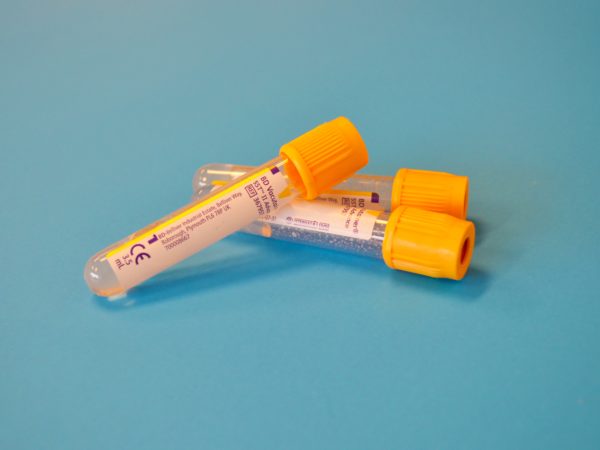Laughing can improve mental health, immunity, cardiovascular health, respiratory health and pain tolerance.
Whether it’s tuning in to Seinfeld marathons after work, or visiting a local comedy club, we all enjoy a good giggle.
In Australia, the Melbourne International Comedy Festival can attract up to 770,000 people hoping to chuckle the night away.
When we laugh, our bodies release ‘happy hormones’ like dopamine, which – surprise, surprise – can boost our mood and make us feel cheerful.
But these hormones have other uses.
Endorphins are produced in response to stress and act like opioids, blocking pain signals in the nerve system to provide relief.
Oxytocin dampens our fight or flight response, keeping us calmer.
Serotonin can help blood clot together to heal wounds.
There’s even evidence to suggest that a little tee-hee can strengthen our immune systems.

Given the evidence, you may be convinced that laughter is indeed the best medicine. This isn’t quite the case – antibiotics are a pretty strong candidate.
But when used alongside other forms of therapy, laughter could help to treat a patient’s wellbeing: both mental and physical.
So, what does laughter therapy look like?
Laughter can take a variety of different forms: There’s the spontaneous laughter we experience in response to a good joke or other comedic stimulus.
There’s the induced kind that comes from taking laughing gas.
There’s even a very rare pathological kind that comes about after a brain injury.
Some of us may be familiar with the nervous laugh, used to diffuse tension in stressful situations.
But laughter therapy doesn’t focus on any of these. Not even the spontaneous kind.
Instead, it focuses on intentional laughter – the act of making noises like ‘ha, ha, ha’ or ‘hee, hee, hee’ without any humorous stimulus.
Honorary Professor Paul Bennett, from Deakin University’s School of Nursing and Midwifery, has researched the benefits of laughter therapy, especially for patients undergoing kidney haemodialysis.
The therapy was trialled in clinics in Australia and the US, most recently at Satellite Healthcare centres in Sacramento and Vallejo, California.
It may sound as though laughter therapy opens with knock-knock jokes and guffaws all round. But in reality, patients work up to those big belly laughs by focusing on deep breathing, meditation, and gentle stretching first.

From there, they move on to laughing and smiling exercises.
“We start methodical, by breathing deep and through the diaphragm,” Professor Bennett says. “Then, we intentionally laugh at something. It can be anything.”
Participants might pretend that they’re laughing at something on their phone, or while they’re in the shower. This might turn into a Mexican wave, with people laughing one after the other.
What begins as an imitation of mirth turns into the real thing.
“It’s amazing how intentional laughter progresses into genuine laughter,” Professor Bennett says.
“You know you’re forcing yourself to laugh, and then it turns into something natural. It becomes this whole body experience that involves all the senses.”
An opportunity to be active
Laughter therapy also incorporates physical workouts, using resistance bands, as a way to keep participants active.
“Providing exercise programs is important, and we try to make the exercise fun,” Professor Bennett says.
“It’s not the same as going to a gym, but the physical exercises and the laughter therapy act as a kind of cardiovascular workout.”
For many people receiving kidney dialysis, laughter therapy is an opportunity to be more active.

Patients come to a clinic three times a week to have their blood artificially cleaned. They can be hooked up to machines for four hours at a time.
With 12 hours a week dedicated to receiving treatment, patients are left with a lot of time to fill. Generally, they read, watch television or fall asleep.
The passive nature of these activities, combined with the stresses of their condition, can take a toll on their mental health.
“They can feel pretty down,” Professor Bennett says. “They have medications they need to take, and fluid and diet restrictions. They’re tired and in pain.”
“This is something we can personally assist them with.”
Laughter therapy can transform any health clinic into a community where staff and patients feel more connected with one another.
Does it work?
Trial participants reported an increased feeling of happiness, as well as decreased levels of anxiety and stress.
The results also pointed towards improved heart health, improved lung function, and a decrease in feelings of pain.
But this kind of therapy can take some getting used to. The exercises, especially the ones that practice intentional laughter, might feel strange to begin with.

To prevent them from feeling self-conscious, patients need to have an idea of what the treatment entails. Posters were put up at the clinics in advance, and staff were trained in each of the exercises.
“Not many places will fund a laughter treatment,” Professor Bennett says, “we have to ask people who run dialysis clinics to try it out. But you can’t just start it.”
“Patients need to have a relationship with the therapy first, and to trust the therapists that are running each session.”



